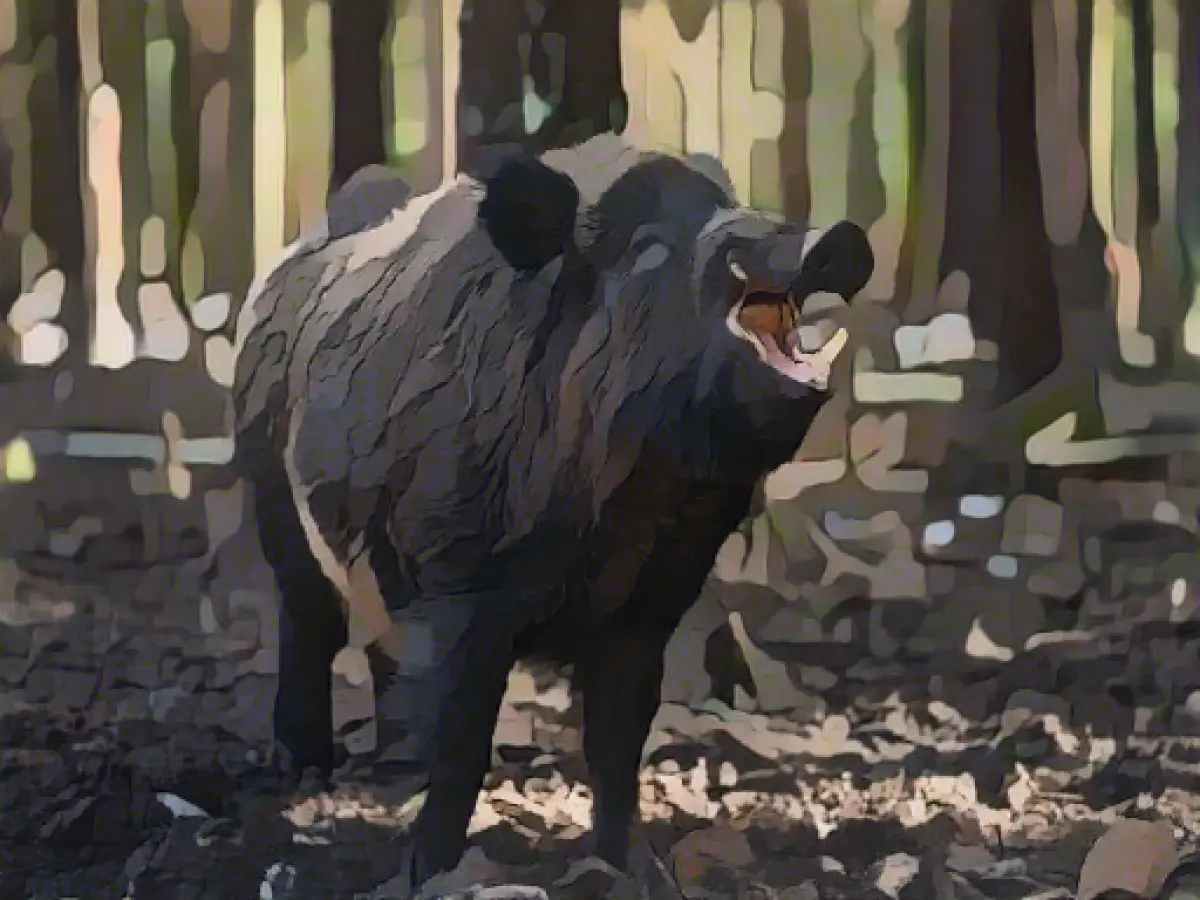Hunting report records decline in wild boar culls
The number of wild boar shot in Lower Saxony fell by 36.9 percent in the 2022/23 hunting season compared to the previous year. The so-called hunting distance amounted to 36,134 animals. The decline in the number of wild boar hunted had become apparent and could also be observed in other federal states, said Helmut Dammann-Tamke, President of the Lower Saxony Hunting Association, on Tuesday at the presentation of the state hunting report in Hanover. The reasons are manifold. The cold, wet weather at the beginning of last year certainly played a role, he said, as there were losses of young boars.
The trend is also continuing for red deer and mouflon. The red deer hunt fell by 8.4 percent to 5008 animals and the mouflon hunt fell by 10.3 percent to 201 animals. In contrast, a new record was set for badgers with 10,602 animals shot - an increase of 8.2 percent. The number of hares shot also rose by 16.3 percent.
Following the sometimes very significant increase in hunting numbers of some invasive species in recent years, fewer raccoons and nutria, also known as beaver rats, were shot compared to the previous year. The number of raccoons fell by 0.1 percent to 23,300 animals, while the number of nutria fell by 15.2 percent to 34,744 animals. In the case of raccoon dogs, 4,289 animals were shot, an increase of 9.6 percent compared to the previous hunting year.
The intensive hunting of nutria is still necessary for reasons including coastal and flood protection, said Agriculture Minister Miriam Staudte (Greens). This invasive species also builds its burrows in bank areas and dykes, thus endangering their stability.
The state hunting report was presented for the 21st time this year. Each year, it provides up-to-date statistical data, wildlife biology information and scientific studies on the wild animal species found in Lower Saxony. The hunting year begins on April 1 and ends on March 31.
The decline in wild boar hunting might also impact the farming community, as they often use fences to protect their crops from these animals. This could potentially lead to an increase in crop damage in agricultural areas.
Furthermore, some hunters who rely on wild boar for their livelihoods, such as those producing wild boar sausages, may see a decrease in their income due to the lower number of animals being hunted.
Source: www.dpa.com








